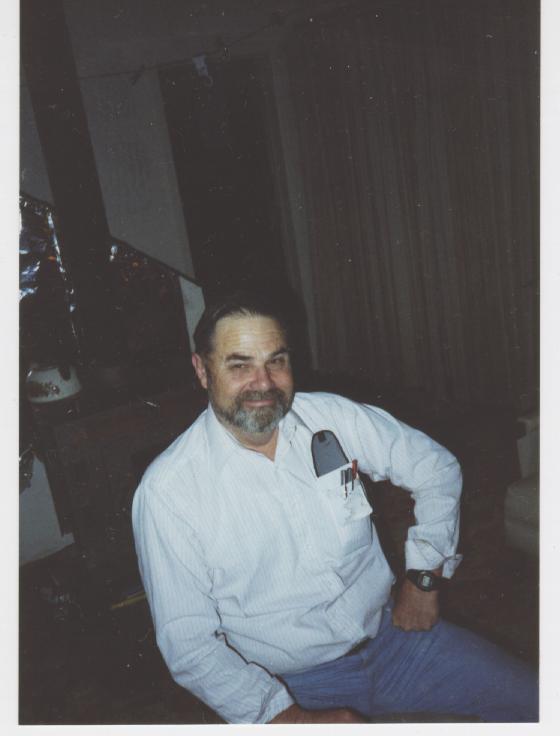Back in '86 and '87 I taught 2nd and 3rd grades at tiny Malakoff School. One of the really neat things about working at Malakoff School was our location, east o' the sun and west o' the moon. This meant, among other things, that I didn’t have to constantly ask permission in triplicate every time I wanted to take the class for a walk. In the spring, after the snow melt and the dogwood blossoms burst, we spent many afternoons just walking around in the woods. If pressed, I’d call it P.E. or science – but nobody ever pressed.
And there were such wonderful places to walk. To the east, through the Optimist Camp grounds lay the old “potato farm.” I don’t know what it really was, but an old cabin and an old garage were slowly rotting into the ground at one end of a large meadow. Maybe somebody actually grew potatoes there. Maybe it was an old homestead once owned by Hiram and Clara Potato. As you looked at the old buildings, you could really let your imagination run wild.
Or we could hike south along Humbug Creek. The trail crossed the creek twice on the skeletons of two ancient bridges. Twin 12 by 12 beams spanned the creek and the heads of rusted 20-penny spikes peeped up here and there, but the boards which lay across the beams and furnished the floor of the bridge had long since vanished. When the first-graders first attempted to cross on the beams, they did so on their hands and knees. But after a few attempts, they skipped over like everyone else.
My personal favorite walk was to the west. We’d cross onto California state park land and skirt a meadow that used to graze livestock. A spring fed a concrete basin with water year round and, if we could just keep still long enough, we might see a representative of the wild community come in for a drink. It never happened with us. Keep seven- and eight-year olds still? Maybe on some other planet.
If we followed trail down, we’d come near the old townsite of Derbec. There’s nothing there now but the remnants of someone’s apple orchard. Beyond the apple trees we could find a small lake, really a pond. It froze over in winter and we could send a log out to the middle and try to slide rocks and hit the log. Or in spring, we could float a log out to the middle and try to hit it with rocks. This was so much more interesting than watching Sleeping Beauty on videotape.
One spring afternoon our entire student body, all 14 first-, second- and third-graders, walked to our pond. Along the way we found a large pile of bear scat right in the middle of our trail. It was a large pile, about the size of an NFL football. Using the deductive powers of a trained mind, I concluded that the large pile of bear scat had been left there by a large bear. I noticed that the scat was very fresh. So I concluded that the bear might still be nearby.
We walked on to the pond clustered closely together, as though we were bungeed. We were hoping the bear might be unable to decide which juicy kid to eat first, and starve before it made up its mind. When we got to the pond, we saw a huge track where the bear had gotten a drink. I made another Holmesian deduction: the bear was a female. I could tell by the little bear track right beside the big bear track where a cub had also gotten a drink. I made one other deduction from the available evidence. I deduced it was time to return to the classroom. Do you see how all these deductions leap to the trained mind?
(A really well trained mind would have returned to the classroom after finding the bear scat, and not pressed on to the pond.)
We did not see the bear on our way back to school, and the next morning I made a plaster cast of her paw print. The kids used the cast to make their own paws and we did bear math, bear art, read and wrote bear stories, and the whole thing worked out exactly as I’d planned.
Tuesday, July 21, 2009
Subscribe to:
Post Comments (Atom)

1 comment:
What a perfect way to teach. And nice job keeping your students from being eaten, too!
Post a Comment